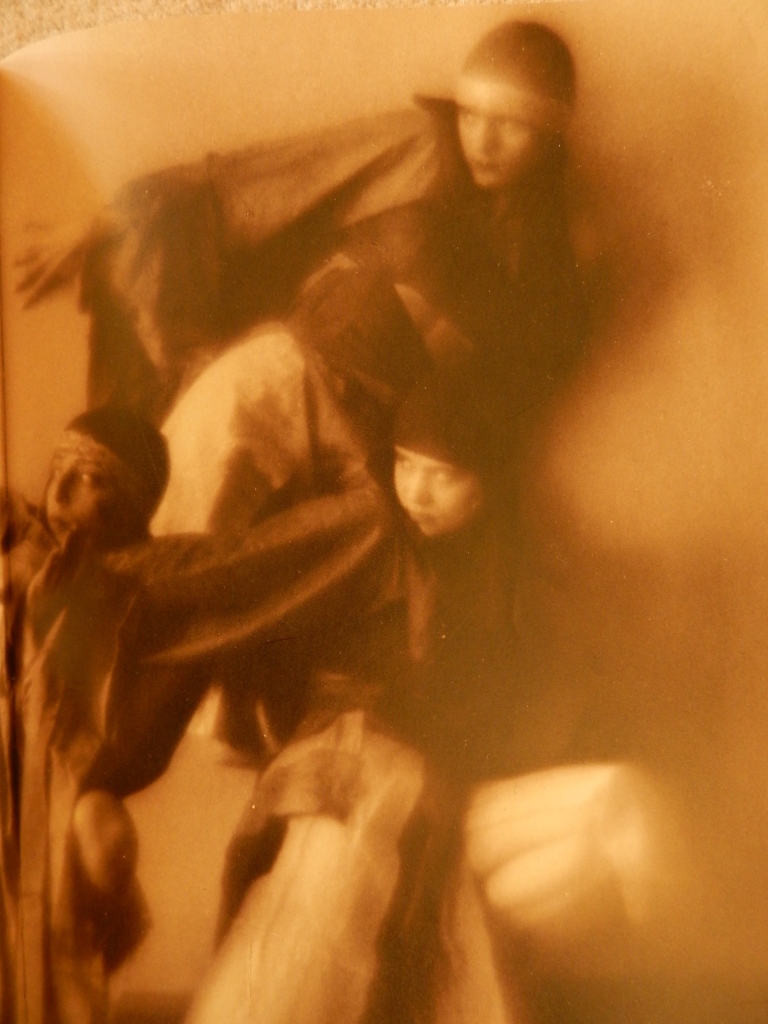
Here will appear PDF versions of old essays, a few of which did not find a home in the scholarly publications to which I once submitted them, for reasons that I describe briefly below. I post them here because they still seem to contain ideas and perceptions that are original and relevant to their themes and subjects.

Words and Stardom: Modernist Poetic Responses to Asta Nielsen
I submitted this essay to Comparative Literature in 1992, but the journal decided not publish it because the editor believed the piece belonged in a film journal rather than a literary journal. But I felt that film journals would say the piece belonged in a literary journal rather than a film journal. Now, after all these years, maybe it just “belongs” on the web.

Strategies of Temporal-Spatial Appropriation in Postmodern Aesthetic Performance, Parts I and II.
This long essay appeared in the Spring and Fall 1989 issues of Theater Three.
Strategies of Temporal-Spatial Appropriation (PDF)

Voice and Obsession: A Rhetoric of Anonymity in The Revenger’s Tragedy (1607)
This paper began as a paper for a wonderful 1982 graduate seminar at UCLA guest-conducted by the prominent Shakespeare scholar Gareth Lloyd Evans of the University of Birmingham in England. After much revision, I submitted the paper to PMLA in 1984, but the journal rejected it, apparently because I did not sufficiently discuss the work of other scholars of The Revenger’s Tragedy and instead relegated discussion of the previous scholarship to a lengthy endnote. Back in those days, the future of literary studies seemed to depend on emphasizing the role of scholars (and specialized readers) in shaping literary discourse. The primary text functioned to clarify dialogue between scholars and “theoretical” tensions within the discipline. I didn’t quite understand that at the time, and moved on to other projects. But I have always been fond of The Revenger’s Tragedy, so posting this essay is a way of honoring this very strange play.

Cinematographer: Sven Nykvist. Criterion Collection. Liv Ullman (left) as the actress and
Bibi Andersson as the nurse.
Ecstasy, Confession, Image, and Silence in Buber, Bergman, and Godard
I began this complex essay back in 1990, but never got around to finishing it until now (January 2022).
Ecstasy, Confession, Image (PDF)
Nudity and Textuality in Postmodern Performance

This essay appeared in Performing Arts Journal, September 1996, Vol. 18, No. 3, pp. 76-91.
Nudity and Textuality in Postmodern Performance PDF
Twisted Bodies: Aspects of Female Contortionism in the Letters of a Connoisseur

